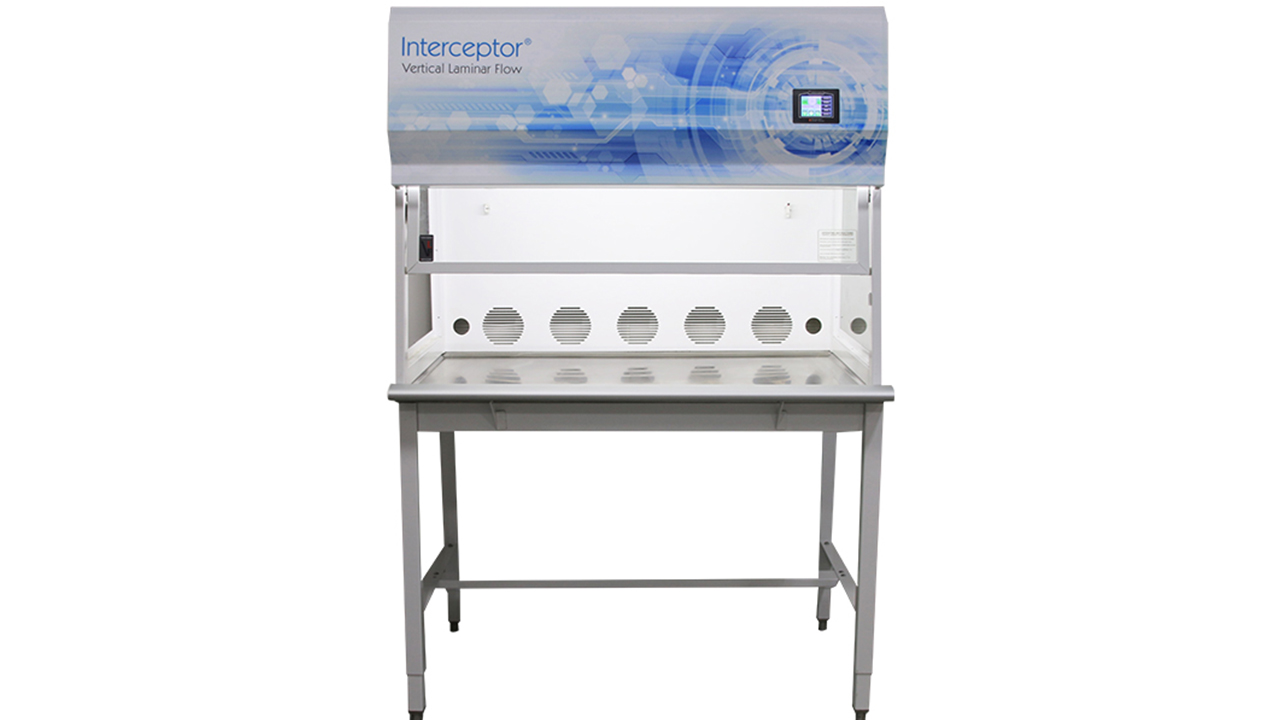A Primer on Laminar Flow Hood
Laminar flow hoods are enclosed benched designed carefully to prevent contamination of biological samples, semiconductor wafers, or any particle sensitive materials. Air is drawn through a HEPA filter and blown in a smooth laminar flow towards the user. Hence the name, laminar flow hood.
TYPES OF LAMINAR HOOD
Before you commission a laminar flow hood, you must decide if you prefer a vertical or horizontal air flow in the working or the flasking area. There are two types of laminar flow hoods:
- Vertical laminar flow hood: In a vertical flow the air moves from the top of the working area to the bottom, through the HEPA or ULPA filters
- Horizontal laminar flow hood: In a horizontal flow the air moves from the back of the working area to the front, through the HEPA or ULPA filters
HOW DOES LAMINAR AIR FLOW WORK?
A laminar flow unit creates dust free abacterial air environment. Air from the room passes through the HEPA (High Efficiency Particulate Absorbing) filters and is fed into the working chamber by a unidirectional vertical descending flow (vertical hood) or horizontal flow (horizontal hood).
WHAT IS HEPA FILTER IN LAMINAR AIR FLOW?
Laminar air flow systems equipped with HEPA (High-Efficiency Particulate Air) filters remove 99.97% of particles > 0.3 μm.
WHICH UV IS USED IN LAMINAR AIR FLOW?
Typically, UV sources are used in the biological experiments. Germicidal lamps emit radiation almost exclusively in the far-UV range of 254 nm and are commonly used in laminar air flow hoods and should be treated with extreme caution.
PRECAUTIONS BEFORE USING A LAMINAR FLOW HOOD
Before you start working in your laminar flow hood you should consider the following actions.
- Turn on the blower and wipe out the sterile area with an alcohol-soaked piece of paper.
- Let the blower run continuously for 10 minutes.
- When this time has passed repeat the wipe out of the sterile area with an alcohol-soaked piece of paper.
HOW DO YOU CLEAN A VERTICAL LAMINAR AIR FLOW HOOD?
- Clean the back wall (of a vertical laminar flow hood) next, going from top to bottom.
- Clean the sides (swiping from top to bottom in overlapping lines).
- The work surface should be the last surface cleaned, beginning in the back, and ending at the front of the unit.
Comments are closed.











